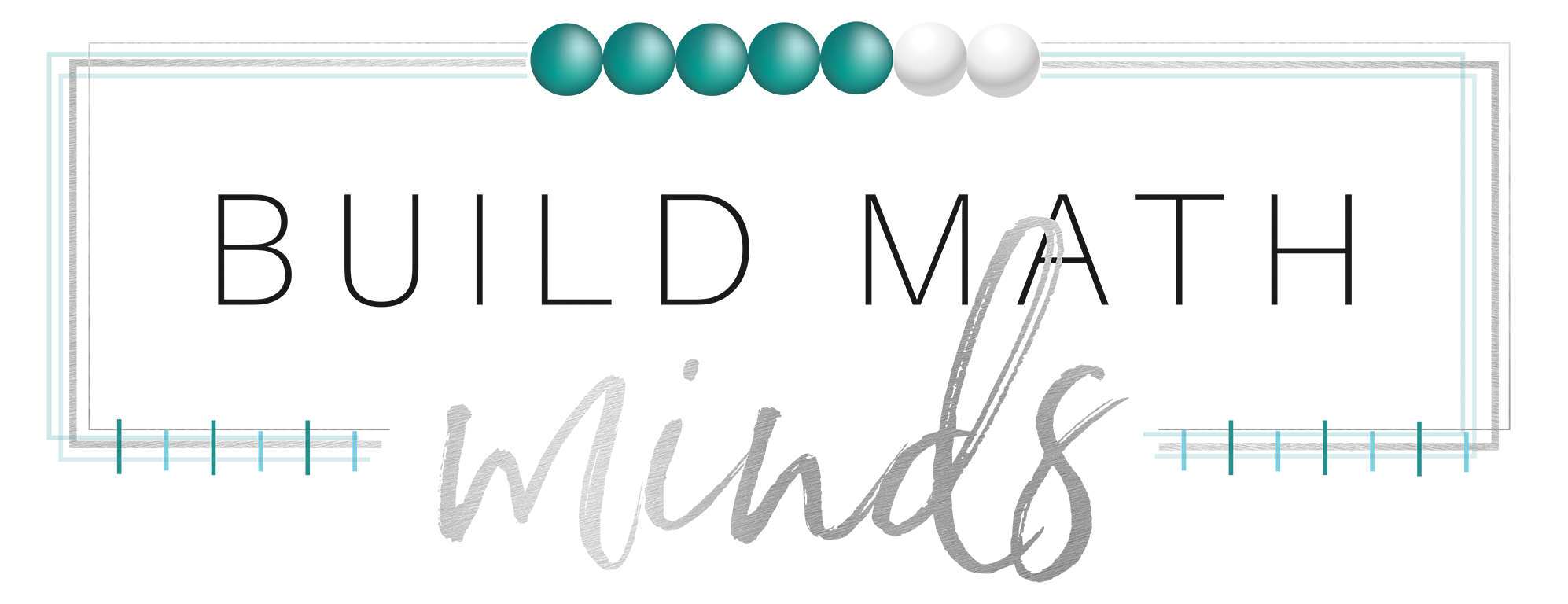In a previous post, I gave you my recommendations of manipulatives that I love. Well, today, I’m going to give you three “rules” to follow for when you are using manipulatives in your classroom.
Watch the video or read the transcript below:
Here are links to products/activities mentioned in this vlog. (Some may be affiliate links which just means that if you do purchase using my link, the company you purchased from sends me some money. Find more info HERE about that.)
Rule #1: Let The Kids Play
Okay, so rule number one is tied to the video that I did before when I talked about my favorite math manipulatives, which is just to let the kids play.
I’m not going to go too much in detail with this. But the general idea is that kids cannot develop an understanding of a manipulative and the connections that the manipulative can build for them if we try to directly teach them how to use the manipulative. They need to play and explore that manipulative and start to make connections on their own, and we can help make those connections, but it doesn’t come from directly teaching kids step-by-step how to use a manipulative.
Rule #2: Always Have Them Accessible
Rule number two is to always have manipulatives available. Most times we just bring out the manipulatives when the lesson calls for it. Or we only bring these out when there is a special occasion for the kids. And it’s no wonder that we end up getting kids who will build swords out of Unifix Cubes. They’re just not used to having the manipulatives as mathematical tools. If we have them out available all the time, kids start to understand these are mathematical tools. They are not toys that we only bring out and use on special occasions.
There are a lot of examples that you can find, especially out there on Pinterest and Instagram. You can find teachers who have created a mathematical manipulative bar basically, where they have it all laid out all the time and kids can come over and grab any manipulative they want. Or you’ll see ones where they just have manipulative tubs that are on the tables. If you’re in groups, in the center of those groups, there are the manipulatives. They’re always available so that if kids need them, and want to use them to help them solve a problem, they can. We as the teacher are not dictating here is the time to use the manipulative and here is the time when we don’t. It’s just, if you need them, let’s use them.
Rule #3: Connect Them To The Rest Of The C-R-A Model
Okay, now rule number three. Don’t use manipulatives in isolation. So when we tend to do a lesson and it says to use a manipulative, we tend to just use the manipulative and not connect it to those other parts of the CRA model. If you’re not familiar with CRA, I did another video all about that over here.
But the C stands for Concrete, and that’s typically the manipulatives. R stands for Representation, which is often a model or a drawing. And the A is for Abstract, which is just the symbols. Our textbooks typically will have a lesson that is concrete, so it uses manipulatives. Instead, my advice is that we should be doing all three together as much we can because the kids need it.
For example, if we’re doing a problem, and if some kids need the concrete, they have access to those manipulatives if you’re following rule number two. If some kids don’t and they just want to draw, then they can draw. If they have moved past both of those and they’re in the abstract world, then they’re doing the abstract. But don’t just do one of those.
It’s helpful for kids to be able to see all three and make connections. If the lesson says we’re doing the concrete, it’s fine. Have kids model it but also have them drawing a representation. Attach the abstract symbols to them as well, because you’ve got kids at all different levels. And we talk so much about kids and why we need to differentiate for all of our different learners. Yet our lessons don’t often do that, because we aren’t allowing kids to work in wherever they are in that CRA approach.
The more that we can connect to the concrete manipulatives to representations and abstract symbols, the more connections they are going to build around all three of those, the manipulatives, the drawings and models, and the symbols.
So when you are using manipulatives, don’t just use them in isolation. If your kids are using it, have them draw models. Or you do the model, the representation, and attach the symbols to it. It depends upon where your kids are at, what grade levels they are in and so on. But kids at all levels need to have access to manipulatives at all times. They need to play, explore, and they need to be able to see the connection of those concrete manipulatives to the models and representations and the abstract symbols.
Alright, I hope that this has helped you build your math mind so you can go build the math minds of those students.
Pin This To Pinterest for Later


 Welcome! I’m a Recovering Traditionalist elementary teacher and now, I help teachers and children learn to love math. Explore how I can help provide you PD at your fingertips! BuildMathMinds.com
Welcome! I’m a Recovering Traditionalist elementary teacher and now, I help teachers and children learn to love math. Explore how I can help provide you PD at your fingertips! BuildMathMinds.com